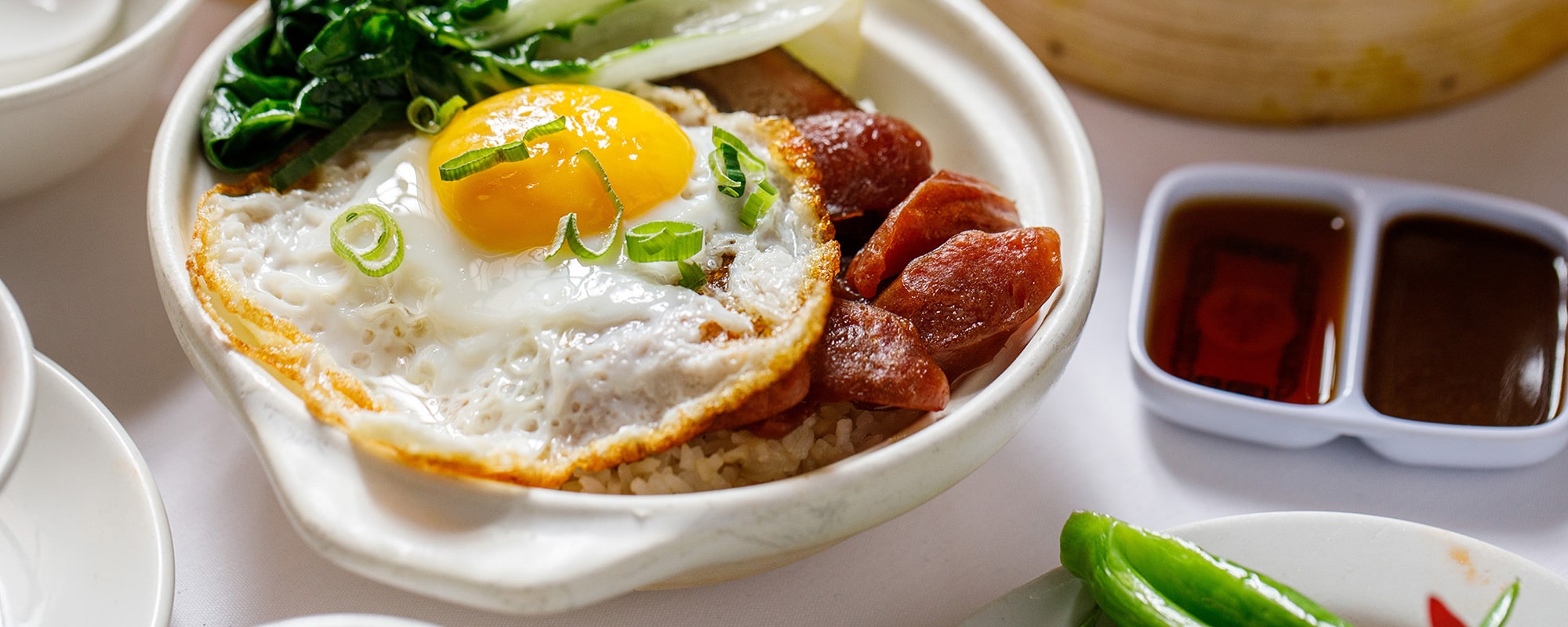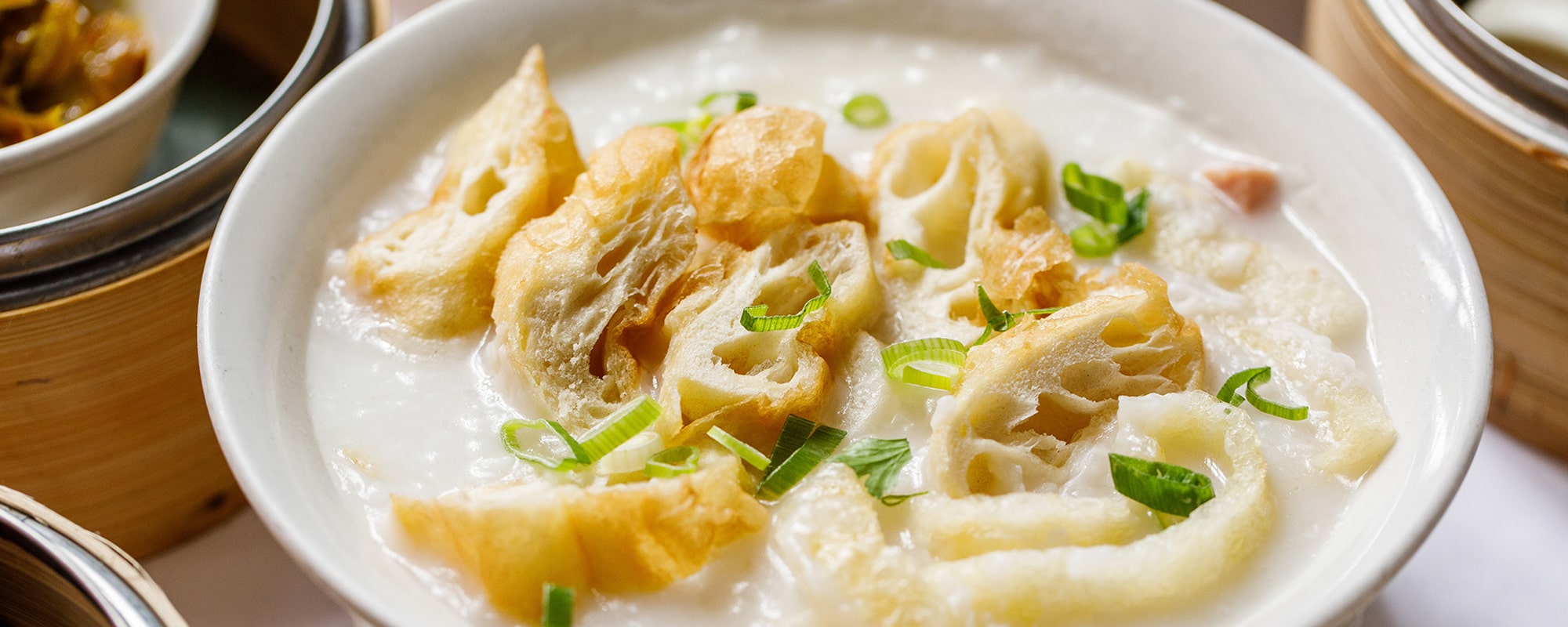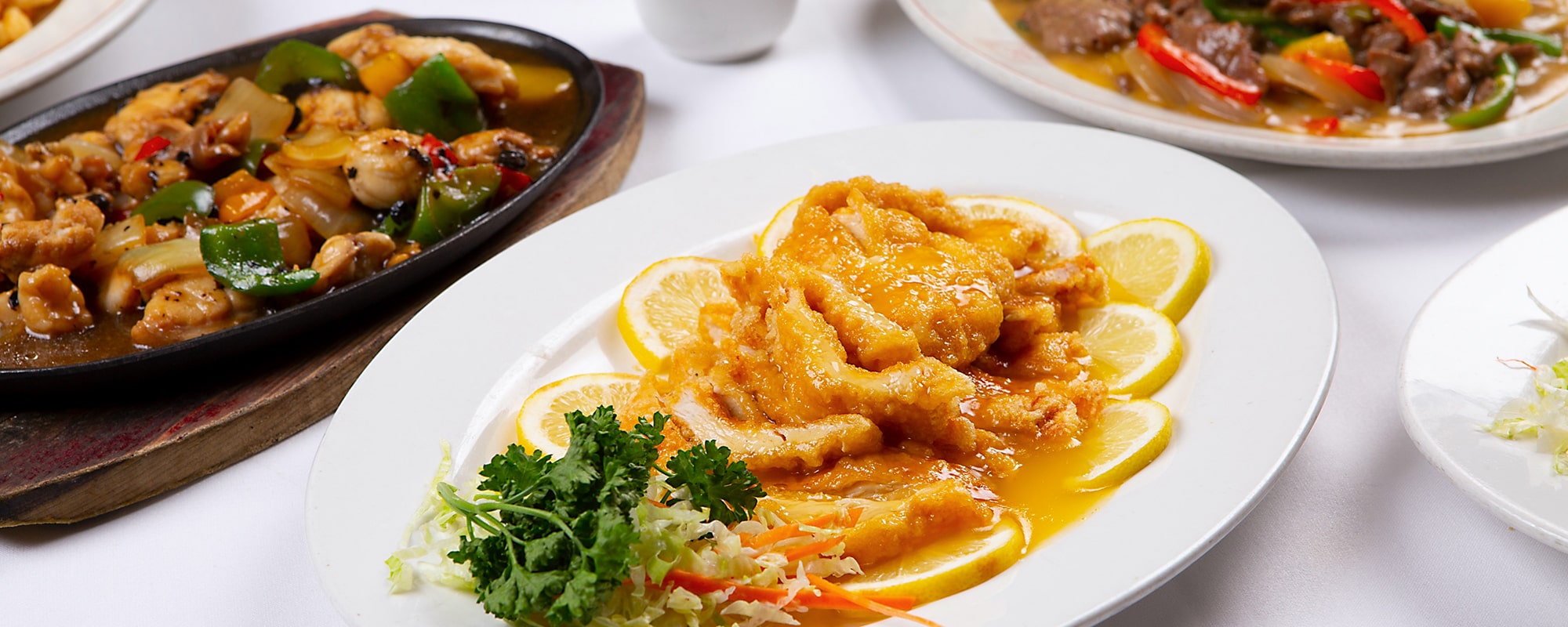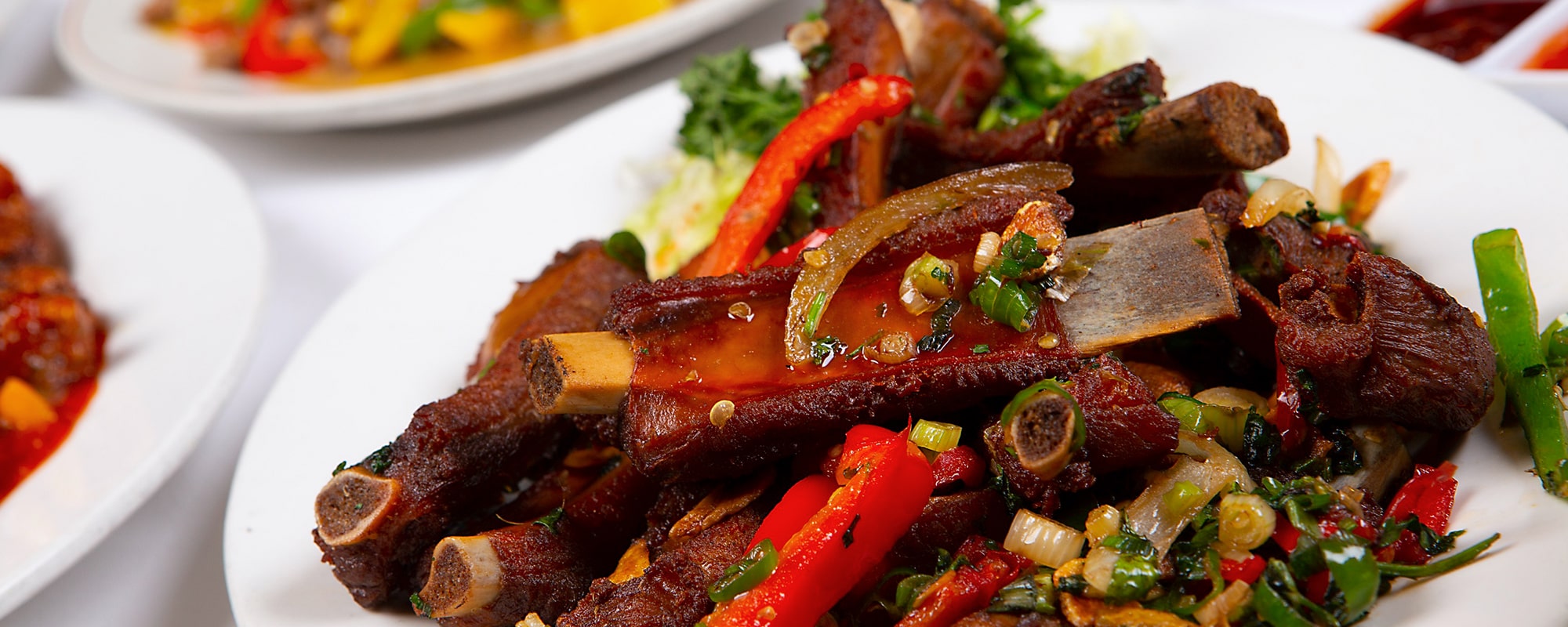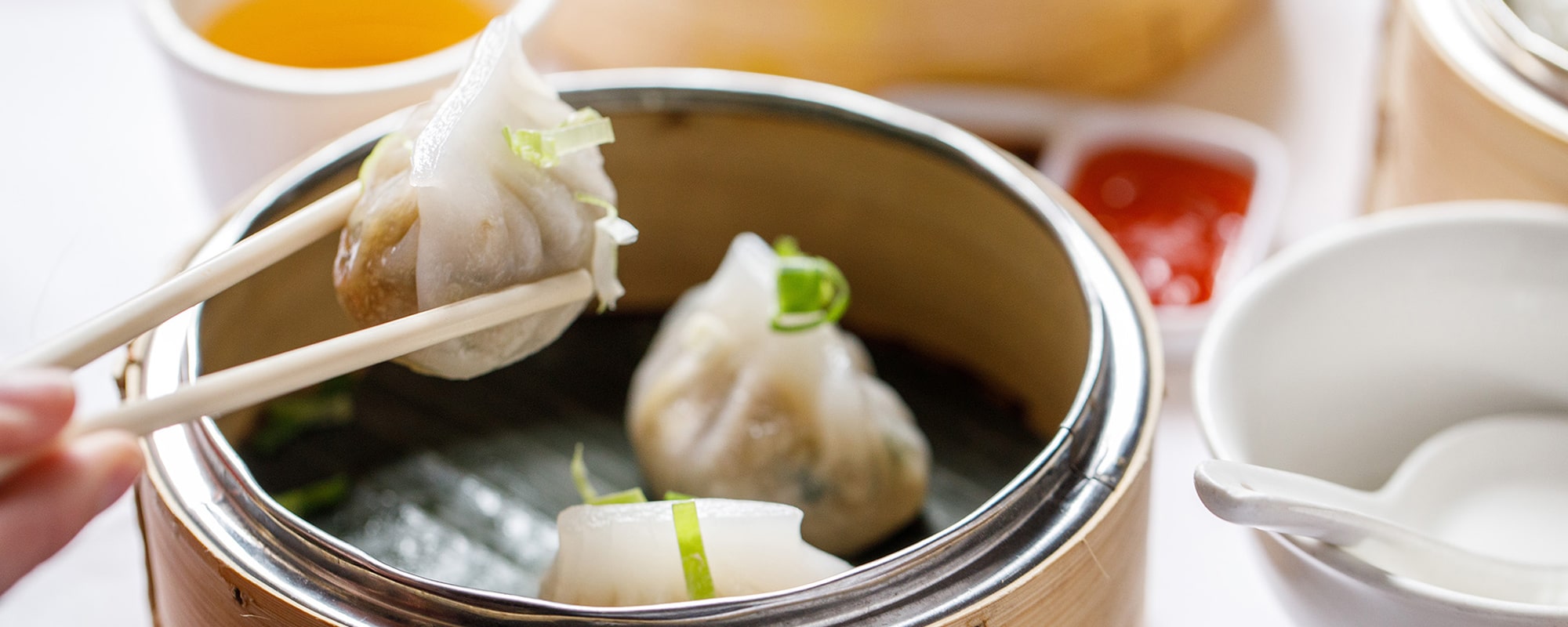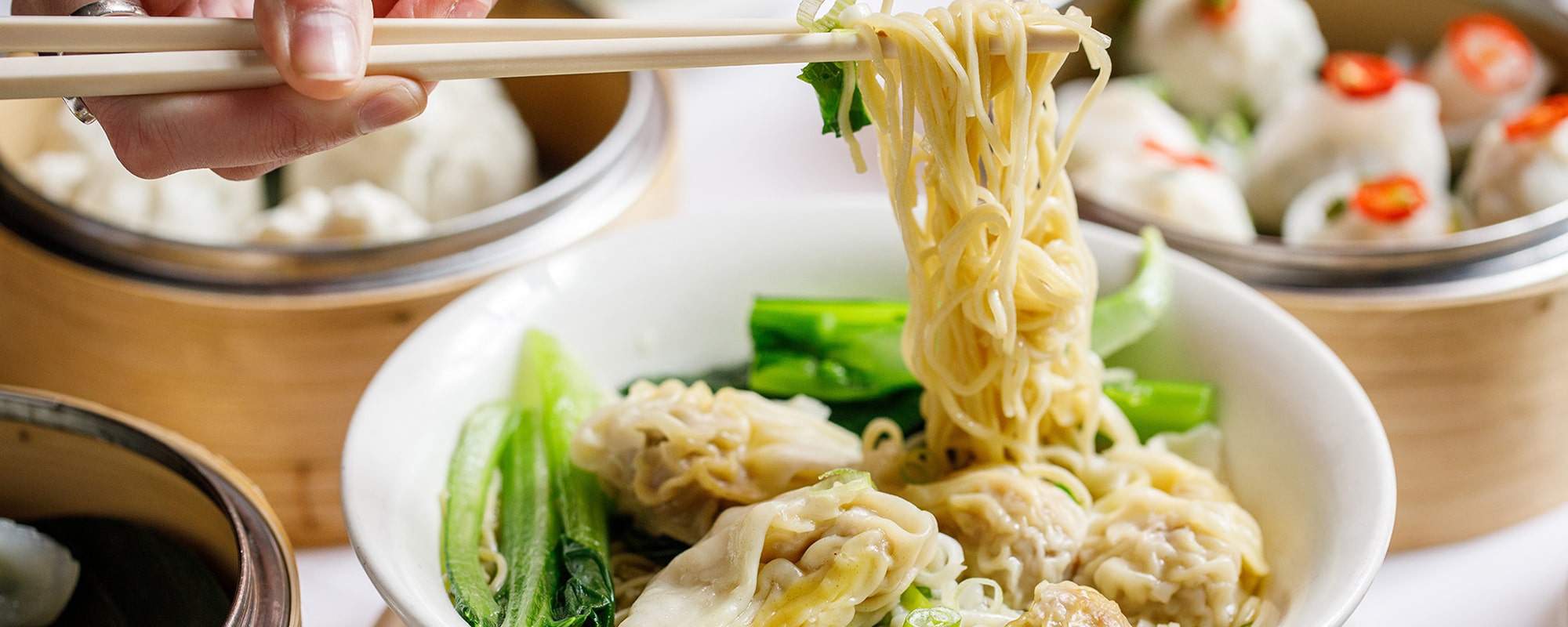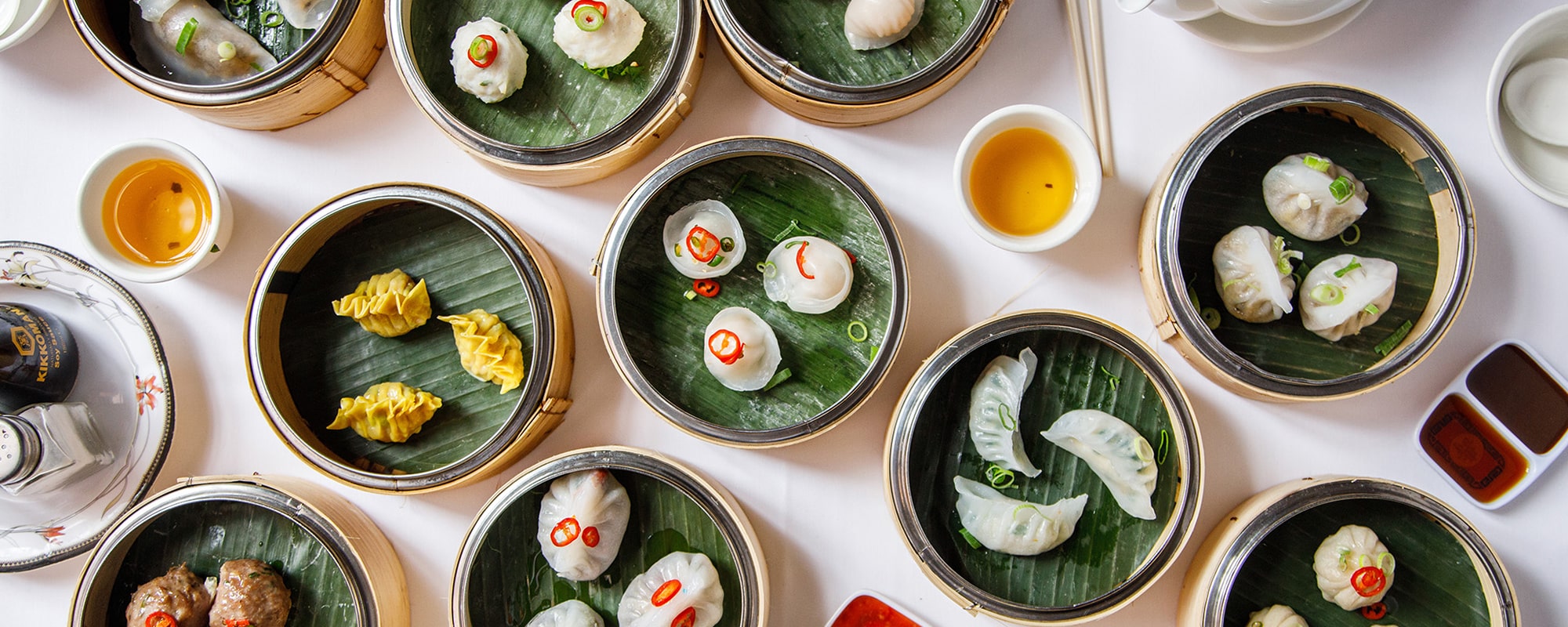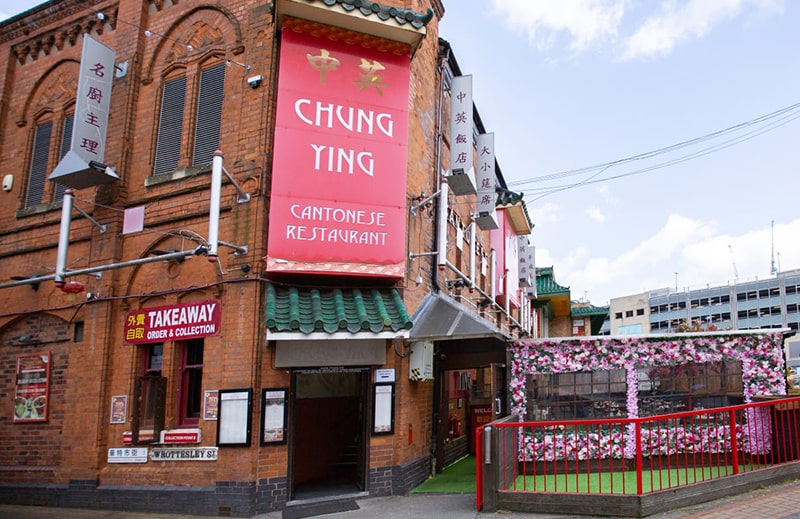What’s the difference between Chinese and Cantonese cuisine?
It is important to remember that China is a huge country comprising an enormous variety of cultures and geographical landmarks, which directly impact on cooking trends in its different regions. Cantonese cuisine refers to food from the Canton area of Southern China which includes Guangzhou and Hong Kong. This cuisine is so different from the meals enjoyed throughout the rest of China for several important reasons.
Guangzhou is a port city

Situated on the sea and only a stone’s throw away from Hong Kong, almost every type of product imaginable passes through Guangzhou on a daily basis. The Canton Fair is a twice-annual trade exhibition which is attended by exporters from across the world. The result is that a vast array of the world’s freshest meat, fish and vegetables are available to Cantonese chefs, who ensure that every part of these ingredients is utilised to the fullest in kitchens across the region. Whether you’re ordering chicken feet salad, stuffed aubergine, Char Siu pork, or cuttlefish, you will know that every ounce of flavour has been brought out of the quality ingredients that you’re enjoying by hugely talented and creatively-minded chefs.
Cantonese cuisine isn’t too spicy
Balancing the different flavours in a dish is a skill that Cantonese chefs learn as soon as they begin their initial training. Emphasis is placed on the flavours of the ingredients themselves and therefore, spices are added sparingly. That’s not to say that fans of food with a bit of a kick to it won’t have any fun while eating in one of the area’s many restaurants. The spicy dishes which are available were always intended to be spicy. You would never have a situation, for example, where assorted chillies and other spices were added at will to a chicken dish, just so that the dish could be as spicy as possible. Every ingredient included in Cantonese dishes is there for a reason and has a specific role to play in diners’ culinary experiences. Tasting the freshness of the produce flowing through Guangzhou and Hong Kong is prized above all. If adding spices would overpower this fresh taste, then they won’t be used.
Rice is used more widely than wheat
Northern China is well known for incorporating wheat into dumplings and a range of other dishes, because temperatures in this region reach high enough levels to successfully grow large quantities of wheat during the summer. By contrast, the cooler climbs of Southern China are ideal for growing rice, a crop which thrives on the vast water supply from rivers in the region, particularly from the Yangtze River in Hunan, which is the world’s third-longest river. The result is that rice and rice flour are found everywhere across menus in the South. This influence is most notable through a Cantonese breakfast and lunch-time favourite that became world-famous: Dim Sum.
Dim Sum
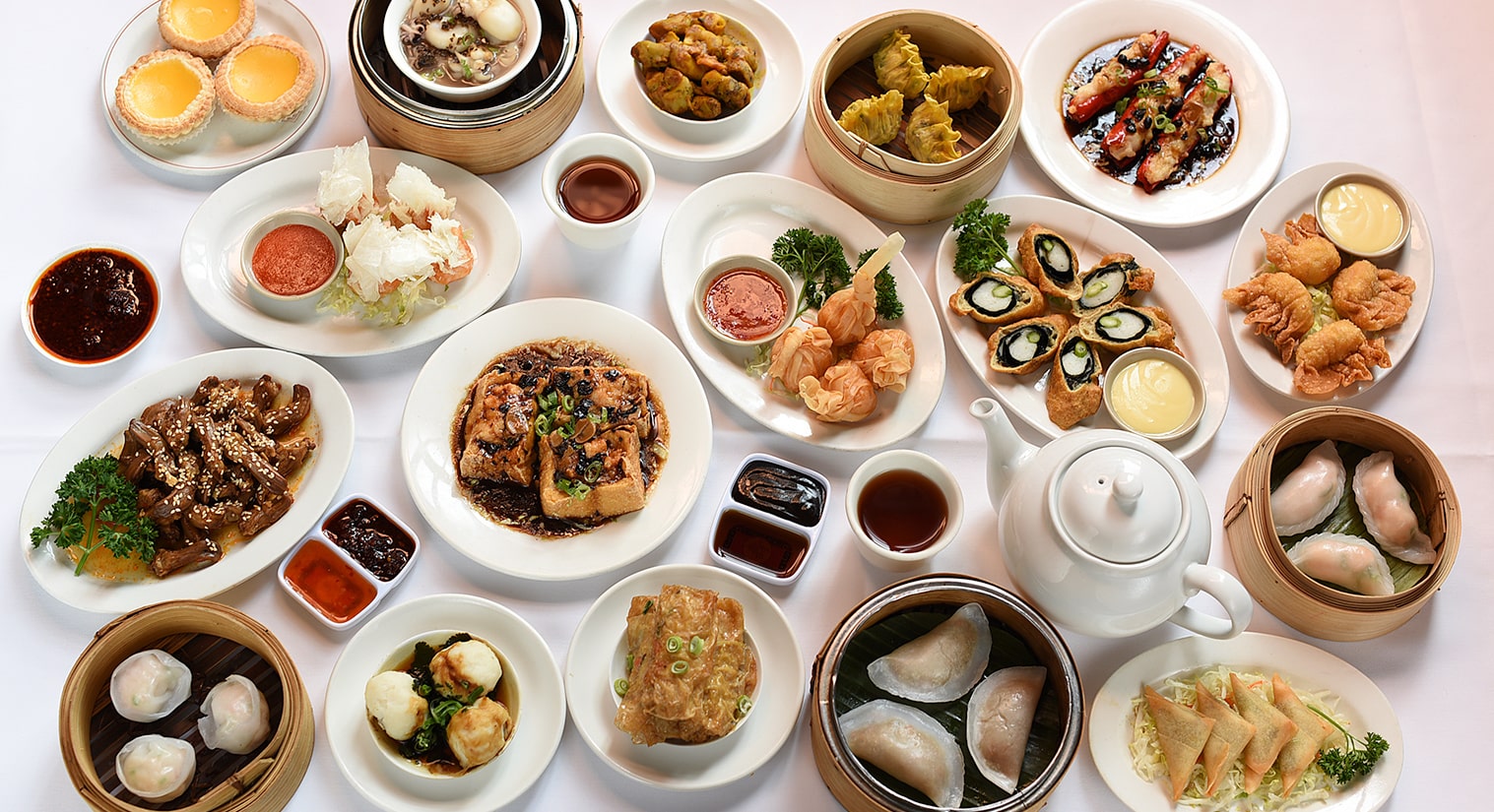
It would be impossible to write about Cantonese cuisine without mentioning these iconic dumplings. Immaculately prepared dumpling wrappers, which are light and soft to the taste, but resilient to the touch, act as parcels which deliver the most wonderful array of flavours to diners, as soon as they bite into them. These dumplings can contain flavours ranging from King Prawn to Lotus Seed Paste, and have gained huge popularity around China and the world for packing all the goodness of a full meal into a few blissful bites.
Often steamed, these dumplings are regularly enjoyed with tea, as part of traditional Yum Cha, across Hong Kong and Southern China more generally. At Chung Ying, our huge selection of traditional Chinese teas and vast Dim Sum menu (the largest in the UK) allow you to enjoy Yum Cha as it is enjoyed in Hong Kong, right here in Birmingham.
You can also enjoy another rice-based Cantonese breakfast (and brunch) classic at China Town restaurant: Congee.
What is Congee and why do I need it in my life?
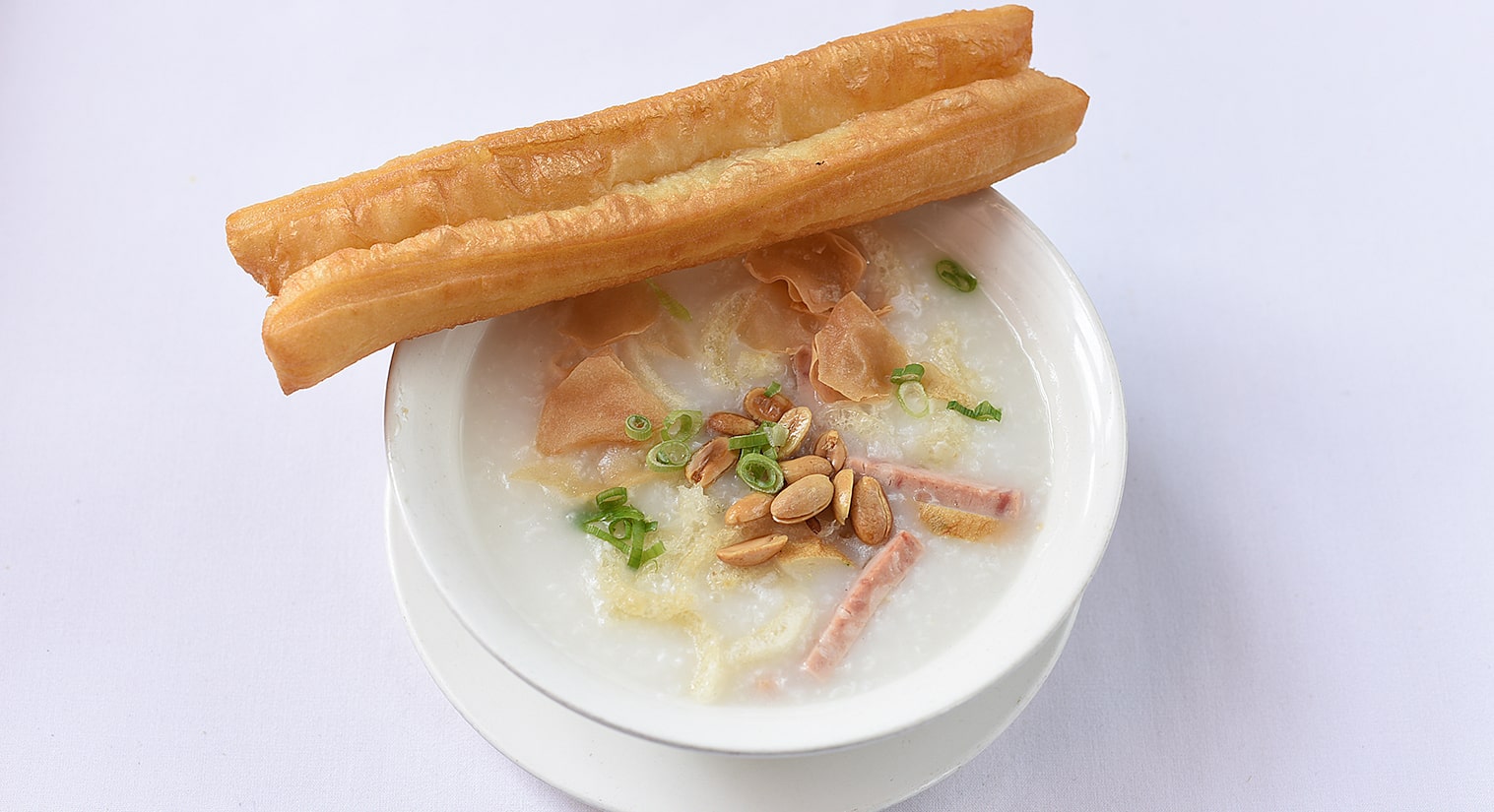
Describing Congee as a ‘Chinese rice-pudding’ doesn’t plunge a spoon through the surface of this wonderful dish, which tastes similar to rice-pudding but is so, so much tastier. This tantalizingly thick and creamy rice porridge is a treasure trove of flavour. From sliced fish to beef & coriander to pork and that classic Cantonese ingredient Century Egg (preserved for months to lock-in its flavour), a quick trip to heaven awaits the taste buds of anyone who orders this breakfast treat. We want everyone to enjoy this wonderful dish and are delighted to offer Congee with a deep-fried dough stick or soft noodles for £6 from 10am-12pm as part of our Chinese Breakfast Menu. (link to blog)
Cantonese chefs often use double steaming to give their dishes extra flavour
Double steaming (also known as double boiling) involves ingredients being steamed for a very long time in a ceramic jar, to ensure that none of their flavour evaporates into thin air during the process. This method of cooking is particularly common with ingredients such as shark fin, because when you’ve bought some expensive food, you want to taste every morsel when it reaches your plate.
These are just a few of the main traditions which separate Cantonese cuisine from popular cooking in the rest of China. Why not book a table in one of our restaurants with your friends and enjoy everything that Cantonese cuisine has to offer?
All these dishes are available at Chung Ying Cantonese https://www.chungying.co.uk/menus/chung-ying-cantonese-menu

